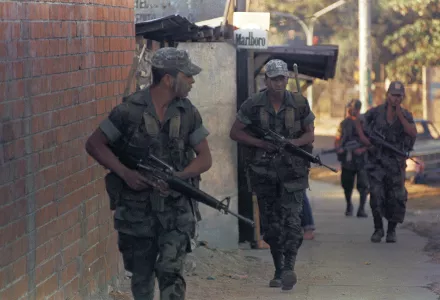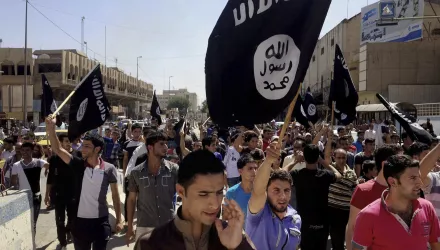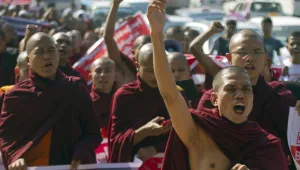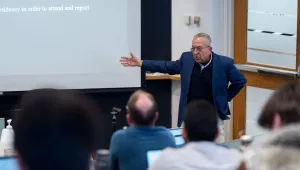
Stubborn Elites, Limited Reforms, Violence, and Success in Counterinsurgency Warfare in El Salvador
Abstract
How can the United States best assure its interests abroad when a partner state faces an insurgency? The question has vexed policymakers, military officers, and scholars throughout the Cold War and into the post–9/11 era. When the United States finds its military might turned against itself by insurgents, as in Iraq and Afghanistan, thoughts often turn to the small U.S.-supported counterinsurgency campaign in El Salvador from 1979 to 1992. The Salvadoran government defended itself against Marxist-nationalist-liberal-socialist rebels in a civil war that ended in a peace deal. The small-footprint U.S. intervention is appealing as an alternative to the tens of thousands of troops deployed in bigger quagmires. Conventional wisdom says that the brutal, repressive Salvadoran government instituted liberalizing, democratizing reforms to defeat the insurgency. Analysis of contemporaneous documents and interviews with participants, however, reveals that the campaign is a poor model for future U.S. interventions, for three reasons. First, the government retained power by waging a war of terrorism and attrition against insurgents and civilians alike. Second, Salvadoran elites resisted U.S. pressure for reforms. Third, chance rather than U.S. choices played a significant role in the war's outcome, meaning that replication of the pattern of events is unlikely.
Hazelton, Jacqueline. “Take the Money and Run .” International Security Program, Belfer Center for Science and International Affairs, Harvard Kennedy School, September 2017





